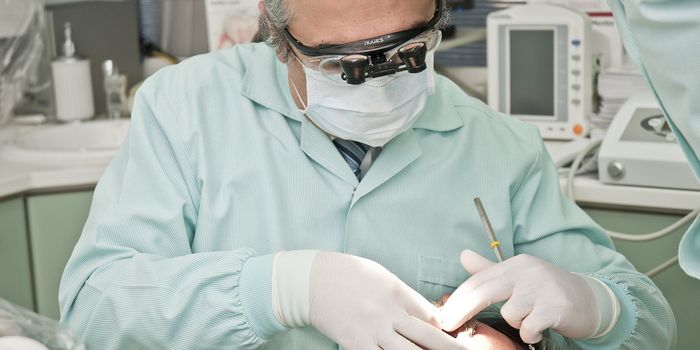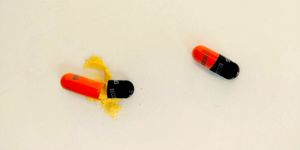Spotting COVID-19 Symptoms from a Safe Distance
As the fight to contain coronavirus infection continues, many essential service providers such as healthcare facilities, power plants, and grocery shops are implementing stricter assess rules to avoid having unchecked infections onsite.
A team of biomedical engineers at the Fraunhofer Institute for Manufacturing Engineering and Automation (Stuttgart, Germany) has developed a novel system that can be deployed at entrance checkpoints and identify visitors with known COVID-19 symptoms from afar.
By now, most of us have known that fever, shortness of breath, and dry coughs, are highly associated with SARS-Cov-02 infection. The German researchers built a system to capture all three, by combining the working principles of an infrared scanner and a microwave radar.
One part of their checkpoint scanner involves examining visitor's body temperature from a distance. The heat signature, in the form of infrared light, is among the most common marker for physicians to assess our health, as the human body emits thermal radiation with a wavelength around 10 micrometers.
An infrared thermometer (or laser thermometer), such as the one incorporated into the checkpoint system, can focus the heat radiation from a distant spot, and its detector can convert the radiant intensity into an electric signal, allowing the device to measure temperature without direct contact.
Besides scanning body heat signature, the new system can also detect an increased heart rate and stressed breathing, thanks to its small Doppler radar, similar to the device used to monitor speeding vehicles.
The Doppler effect, named after physicist Christian Doppler the first to describe the phenomenon, denotes the change in frequency of an observed wave in relation to its observer: if the wave source moves closer, the frequency compresses; if it moves away, the frequency expands.
A Doppler radar measures velocity of distant objects by bouncing a microwave pulse off a target and analyzing the altered frequency of the returned signal. In the case of the checkpoint scanner, the visitor's heart and chest movement would be measured against normalized values to determine if COVID-19 syptoms present or not.
The Fraunhofer researchers are testing their prototype checker at the main entrance of the Robert Bosch Hospital in Stuttgart. With encouraging early results, the researchers hope that their system can find its way to more facilities, to safeguard the health of hospital workers, patients, and many others.
Want to know more about the difference between COVID-19 and other common diseases? Check out the following video from SciShow.
Is This Coronavirus, or Just Allergies? Symptoms of COVID-19 (SciShow)
Source: Physics World









